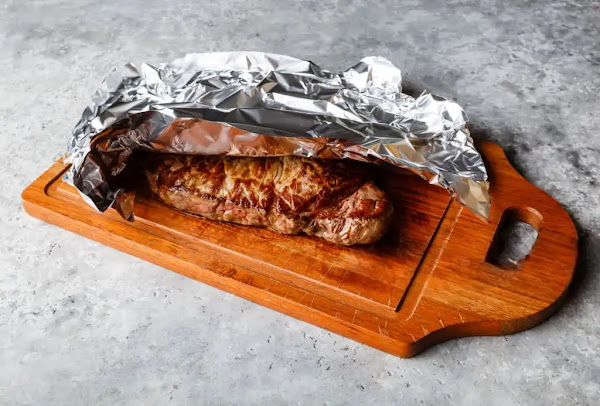Cooking meat to perfection is only half the battle—the real magic happens after you take it off the heat. Resting meat is a crucial step that allows juices to redistribute, ensuring every bite is tender and flavorful. Whether you're cooking a steak, roasting a chicken, or grilling pork chops, understanding how and why to rest meat properly can take your meals to the next level.
Why Is Resting Meat Important?
Resting meat after cooking has several key benefits:
- Redistributes Juices: Prevents juices from spilling out when sliced, keeping the meat moist.
- Enhances Flavor: Allows time for the fibers to relax, making each bite more tender.
- Continues Cooking Gently: Residual heat helps finish cooking without overcooking.
How to Properly Rest Meat
1. Remove Meat from Heat
Take the meat off the grill, stove, or oven once it reaches a few degrees below your desired doneness.
- Example: If you want a steak at 135°F (medium-rare), remove it at 130°F.
- Tip: Use a meat thermometer for precision.
2. Place on a Warm Plate or Cutting Board
Avoid using cold surfaces, as they can cause the meat to cool too quickly.
- Best Practice: Use a wooden cutting board or a pre-warmed plate.
- What to Avoid: Metal trays, which can draw heat away too fast.
3. Tent with Foil (Optional)
Lightly covering the meat with foil helps retain heat while preventing it from steaming.
- Why It Works: Keeps the surface warm without trapping excess moisture.
- Important: Don’t wrap too tightly, or it could make the meat soggy.
4. Rest According to Meat Type
The size and cut of meat determine how long it should rest.
- Steaks & Chops: Rest for 5–10 minutes.
- Roasts & Whole Poultry: Rest for 15–30 minutes.
- Burgers & Small Cuts: Rest for 3–5 minutes.
5. Slice Against the Grain
Once rested, cutting against the grain ensures maximum tenderness.
- Why It Matters: Shorter muscle fibers make for a more enjoyable bite.
- Tip: Look for the direction of the muscle fibers and slice perpendicular to them.
Common Mistakes to Avoid
- Skipping the Resting Step: Cutting too soon causes juices to run out, leaving dry meat.
- Resting Too Long: Meat can cool down too much and lose its ideal texture.
- Wrapping Too Tightly: Sealing meat with foil can lead to steaming instead of resting.
Final Thoughts
Resting meat is a simple yet powerful technique that ensures juicy, flavorful results every time. By allowing juices to redistribute, meat remains tender and delicious. Whether you’re searing a steak, roasting a chicken, or grilling pork, taking a few extra minutes to rest your meat will make all the difference. Try it with your next meal and taste the improvement!
